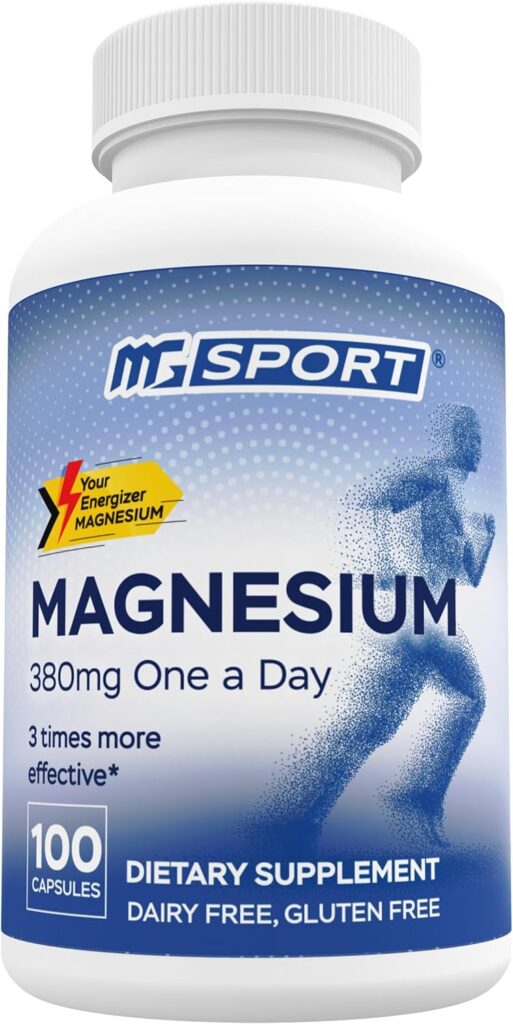A sprained leg can cause significant discomfort, limiting mobility and making everyday activities challenging.
A leg sprain occurs when one or more of the ligaments in the leg are overstretched or torn, often due to sudden movements, twists, or impacts.
While sprains can vary in severity, it’s important to take proactive steps to support healing and reduce pain.
Understanding the causes of leg sprains and how to manage them can help speed up recovery and prevent future injuries.
In this blog, we will explore five effective ways to support a sprained leg and support the healing process.
What Causes Leg Sprains?
Leg sprains occur when the ligaments in the leg—tissues that connect bones—are stretched beyond their normal range of motion.
Common causes of leg sprains include:
- Sudden Twisting Movements: Quick, unexpected twists or turns can overstretch the ligaments.
- Sports Injuries: High-impact activities or sports, like running, soccer, or basketball, often lead to sprained ligaments due to the intensity of movement.
- Falling or Tripping: An unexpected fall or a trip can cause a leg to twist or bend awkwardly, leading to a sprain.
- Weak Muscles or Poor Flexibility: Insufficient strength or flexibility in the leg muscles can increase the risk of a sprain.
Now that we know the causes, let’s look at five ways you can support your leg while it heals from a sprain.
5 Ways to Support a Sprained Leg
1. Take a Magnesium Supplement
Magnesium plays a critical role in muscle function, and supplementing with magnesium can be highly beneficial for sprained legs.
Magnesium helps reduce muscle spasms, improve circulation, and relax tense muscles, which can speed up recovery.
Additionally, magnesium supports the healing process by reducing inflammation and supporting nerve function, which is essential when recovering from an injury.
A high-quality magnesium supplement can provide support for your body’s natural healing processes, especially when taken regularly during recovery.
Out of all of the magnesium supplements I’ve tried, MGSPORT’s Magnesium Complex is my personal favorite.
MGSPORT’s Magnesium Complex is great for supporting sprained legs due to its high absorption formula, which helps relax muscles and reduce inflammation.
The added vitamins B6, D, and E enhance magnesium’s effectiveness by promoting better absorption and providing comprehensive muscle support.
This supplement helps support muscle cramps and spasms, improves circulation to the injured area, and speeds up recovery
Simply take one capsule per day and you’re good to go!
2. Rest and Elevation
Rest is one of the most important factors in healing a sprained leg.
Giving the injured leg time to recover will help reduce strain on the ligaments and prevent further damage.
Elevating the leg above heart level can also help reduce swelling by allowing fluids to drain away from the injury site.
Prolonged rest and elevation can help alleviate pain and ensure the leg heals properly.
3. Apply Ice and Heat Therapy
For the first 48 hours following a sprain, applying ice to the affected area can help reduce swelling and numb the pain.
Ice packs can be applied for 15-20 minutes every couple of hours. After the first few days, applying heat can help promote blood flow to the area, encouraging healing and reducing stiffness.
Alternating between ice and heat can help manage inflammation, promote circulation, and reduce muscle tension.
4. Use Compression
Compression can help control swelling and provide support to the injured leg.
Wrap the affected area with an elastic bandage or compression wrap, ensuring it is snug but not too tight.
This helps limit the amount of swelling and supports the healing process.
Be sure to check regularly for signs of restricted blood flow, such as increased pain, numbness, or coldness in the foot or leg, and adjust the wrap as needed.
5. Gentle Stretching and Strengthening Exercises
Once the acute pain and swelling from a sprain have decreased, gently stretching and strengthening the muscles around the injured area can help restore flexibility and prevent stiffness.
Start with gentle range-of-motion exercises and gradually progress to more active strengthening exercises as advised by a physical therapist.
This will help improve flexibility, support the injured ligaments, and prevent future sprains by strengthening the muscles that support the leg.
Conclusion
Supporting a sprained leg involves taking the right steps to manage pain, reduce swelling, and promote healing.
Magnesium supplements, rest, ice and heat therapy, compression, and gentle exercise are all essential components of a successful recovery plan.
By following these steps, you can speed up the healing process and return to your regular activities with minimal discomfort.
Always consult with a healthcare provider if your sprain is severe or if pain persists, as professional guidance is essential for optimal recovery.
Thank you for reading!
Affiliate Disclosure
Some of the links on this site are affiliate links. This means that if you click on the link and purchase the item, we may receive an affiliate commission at no extra cost to you. I only recommend products or services that I believe will add value to my readers, however some (not all) do pay us to be on this blog. Your support and theirs helps keep this blog running, and I genuinely appreciate it.
Medical Disclaimer
The information provided on this website is for educational purposes only and is not intended as medical advice. This blog or the writer is not a licensed healthcare professional, and the content should not be used as a substitute for professional medical diagnosis, treatment, or advice. Always consult with your physician or other qualified healthcare provider before starting any new treatment or making any changes to your healthcare routine.
